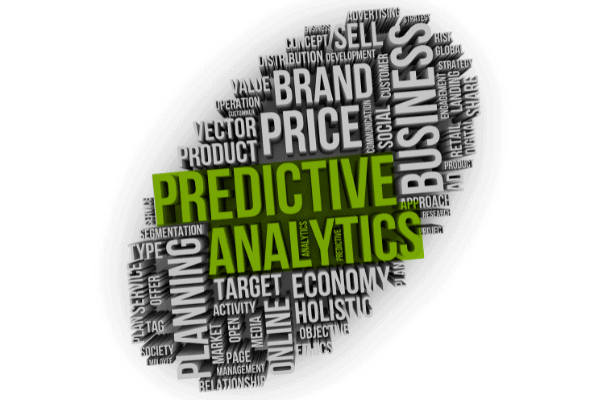
This week on the blog, we will take a look at how organizations leverage configurable data platforms like Skai to increase the impact that analytics has in driving optimal business decisions. We will spotlight how different stakeholders interact with the platform, as it gets deployed across an enterprise organization to support various departmental needs and business objectives.
Today’s Spotlight: The Data & Analytics Team
COVID-19 saw enormous acceleration in digital transformation and the use of data as organizations struggled to understand the impact and plan around the pandemic for the short and long term. In fact, while most companies scaled back on their IT spending, budgets for data and analytics actually increased.
At the heart of this transformation and the stewards of ensuring good data management and data governance are the IT and analytics teams. Many had already been in the process of assembling strong data capabilities, working on their own to build an in-house solution, or working with outside entities on various components and analytic projects. But when it comes to delivering, studies show that less than 5% of companies actually use their data to gain a competitive edge, and that for every $1 spent on developing an algorithm, an additional $100 is spent deploying and supporting it.
These numbers suggest something very wrong with the way data and analytics projects are being deployed and support other claims that nearly 87% of data science projects never make it into production.
The Skai platform helps data and analytics teams buck the trend, bringing all the elements of a data fabric into one rubric:
Data Collection – Organizations can leverage existing data sets and ingest additional sources at any scale, both internal and unstructured external sources, reducing the effort it takes to collect and manage data. Focusing on driving business decisions across the product lifecycle, Skai connects relevant data sources such as voice of the consumer, key opinion leaders, product reviews, product ratings, patent filings, blogs, forums, syndicated sales data and other sources from which market signals can be extracted.
The data is cleansed, augmented, normalized and clustered using machine learning engines, and then refreshed continually, feeding into our patented analytics engine that is then able to surface timely trends and predictive insights.
Data Classification – This is the core of the analytic framework that is most difficult to manage and maintain over time. Machine learning techniques must be developed for specific data sets, but they may not be suitable for other data sets or as robust across data sets. And as the data set continues to grow exponentially and more variety of data types continue to emerge – current estimates put the amount of data created each day at about 1.145 trillion megabytes – the machine learning must be able to adapt.
In other words, data is not static, so the classification has to change as well. Skai’s semantic data classification with patented NLP technologies and auto ML delivers more than 90% accuracy. The platform also offers curated taxonomies, configurable to meet the needs of the business), covering more than 40 FMCG categories to ensure deep granularity and specificity in insights that are otherwise very difficult to obtain.
Data Access – Many organizations already have business intelligence capabilities, via Tableau, Sisense or similar and feeding additional data and insights generated by the Skai platform via an API enhances the value of the data ecosystem within the enterprise. Existing data sets may be siloed or not classified properly, or business questions for which the visualization tool is developed may not be aimed at strategic imperatives, another way that analytics gets hampered within an enterprise, and the openness of the Skai platform overcomes these challenges. Skai also offers a data mart integration, providing direct access to its connected data lake so enterprises can manage the analytics internally. Analytic apps with business-ready models are also available.
For data and analytics teams, building a system requires a full range of IT development staff, including the ability to build user-friendly interfaces and dashboards, never mind the exponential costs to build and maintain such a system over time. In a recent development, Skai was awarded a patent by the U.S. Patent and Trademark Office for its method for automatically extracting data from unstructured data sources. The significance of this patent for data and analytics teams is that it automatically updates database structures and analytic models inside the platform once presented with new business questions that need new data sources and data types, which plays into the next issue that data and analytics teams face – time and urgency.
In a situation like we face today, where a compelling event can mean seismic shifts to a business, waiting to stand up an analytics system is simply not feasible. Having a finger on the pulse on the connection between company performance and market dynamics or connecting a unified voice of the customer data set with product development and optimization, takes the guesswork out of the equation for a company seeking to figure out how best to emerge from this crisis intact and positioned for growth. The fact that the IT and analytics team is the guardian of the data management process means that they well-positioned to be heroes—i they can get this right.
A configurable data platform like Skai helps to deliver success, enabling faster implementation of analytics, and generating measurable ROI and impact to the organization that is increasingly reliant on data to drive growth.
————————————–
*This blog post originally appeared on Signals-Analytics.com. Skai acquired Signals-Analytics in December 2020. Read the press release.





